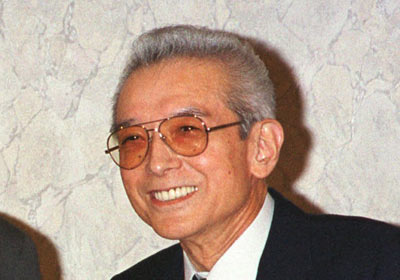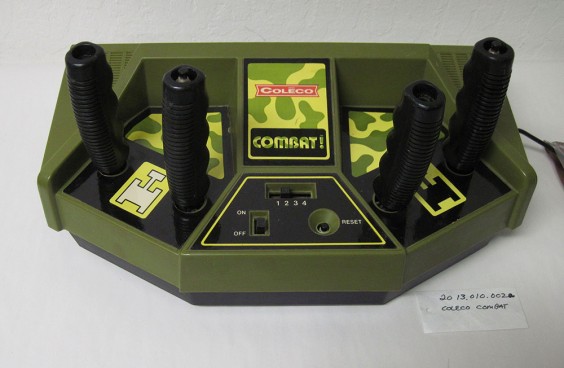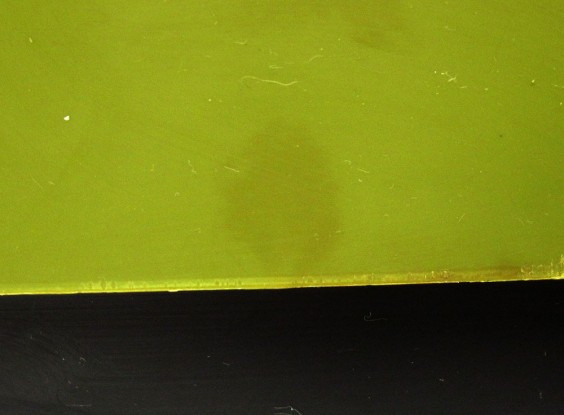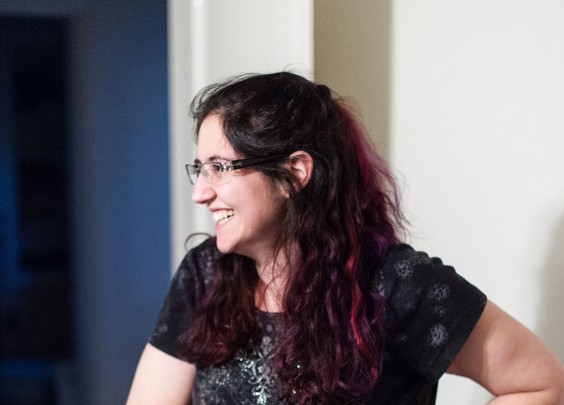October 2013 Newsletter
Written by Judith // September 28, 2013 // At the Museum, Newsletters // No comments
The Director’s Chair
Here’s our first attempt to send you an email that’s more than an announcement of our next event and links to the Flickr site – I hope you enjoy it.
The big news for October is that we’re trying out regular open hours! There will be someone staffing the museum every Saturday from 10 to 4. You’ll be able to see how a museum works, how our collection is stored and cared for, and view exhibits as they are being developed. Some days we’ll be teaching people how to “accession” artifacts and enter them into the database. So it’s chance to see what normally happens behind closed doors at other museums and to learn something more about museum processes and procedures. Oh, and it’s also a great time to just stop by and talk about games – as space permits, we might even have some things up and playable. So come by and visit!
We’ll be starting a new exhibit on “Brawlers” (also called “Beat ’em Ups”) in a few weeks, and you will be able to see out design and development process in action as we move from lists and storyboards to an exhibit that can be packed in the faithful Volvo station wagon and taken to – ah, we’re not telling you all our secrets just yet. Stay tuned for the announcement of our next venue!
Let us know what you’d like to see more of (or less of) as we develop this into something you look forward to reading. As usual, send comments and suggestions to judith@digitalgamemuseum.org. And if you have awesome coding skills and want to make this prettier, drop us a line. We’re always looking for volunteers for a variety of jobs. If you have time you’d like to share, we have jobs you can do.
Judith Haemmerle, Executive Director
Obituary: Hiroshi Yamauchi
Hiroshi Yamauchi joined Nintendo, a company founded by his great-grandfather, in 1949. Moving from dependence on the declining business of making hanafuda playing cards, Yamauchi steered Nintendo into various fields, many unsuccessful, until Donkey Kong solidified Nintendo’s place in the new field of electronic games. Although he didn’t play video games, he made the business decisions that brought the Famicon (Nintendo Entertainment System) to dominance in the game world.
Believing that artists, not technicians, were needed to create the best games, he formed three research and development teams. R&D 1 was headed by Gunpei Yokoi, who supervised Shigeru Miyamoto’s development of the Donkey Kong arcade game. Yamauchi hired Miyamoto, the son of a friend, after an interview, and challenged him to create an arcade game that would use their existing inventory of machines with games that were not selling well. R&D 1 also developed the Game Boy handhelds, the Game and Watch series, numerous titles for the NES and Super NES, and the Virtual Boy.
In 1992 Yamauchi became the majority owner of the Seattle Mariners baseball team. The team was up for sale and in danger of being moved out of Seattle, so Senator Slade Gorton approached Howard Lincoln and Minoru Arakawa from Nintendo of America, located in Redmond, Washington. Two weeks later, on Dec. 23, 1991, Arakawa called Gorton and said, “My father-in-law, Hiroshi Yamauchi, says that the Seattle community has treated us very well and we owe something to the community, and so if you need $100 million to buy a baseball team, you have $100 million.” He was the first non-North American majority owner in major league baseball and never attended a game in person.
We often take time to appreciate the graphic artists and programmers who create the games we love, and we overlook the importance of the business management that creates a nurturing atmosphere that appreciates the artistry behind their work. Yamauchi understood that Nintendo was selling entertainment, not technology, and gave his employees a place where creativity could flourish.
Yamauchi directed Nintendo for 53 years, stepping down as president in 2002 and resigning as director in 2005. He died of complications from pneumonia on September 19, 2013. He is survived by daughters Yoko and Fujiko, and son Katsuhito. His wife Michiko pre-deceased him in 2012. We share their loss.
From the Collection
When Scott Correia met us at Maker Faire this year, he asked if we wanted a – well, I’ll save that one for another time, because when we made arrangements for Scott to drop off his donation, he added “. . . and maybe a surprise item I am hoping you do not have.” Our surprise was this early Coleco Telstar Combat! console. Released in 1977 as model 6065 in the Telstar line, Combat! was developed by Sanders Associates and uses a General Instrument AY-3-8700 “Tank” chip. The game and gameplay are based on the arcade game “Tank” by Kee Games. Designed for two-player play, the four fixed joysticks (two per player) provide forward, back, left and right movement, with a fire button on one per player. The white and black icons between each pair shows which tank the player controls on screen, and the numbered slider selects one of four game variations: Combat, Night Battle, Robot Battle, and Camouflage Battle. Because one of the tanks is black, the TV’s contrast has to be adjusted to make it visible.
If you look carefully at this close up, you’ll see what I saw while cleaning it. There’s a small discoloration in the plastic on one of the front panels. It’s exactly the right size and shape to be a fingerprint, and that is almost certainly what it is. Plastics react with nearly everything, including other plastics, but here it might have been grease, perspiration, or a skin product. It has left a permanent mark on the console. It’s not severe enough to have much aesthetic impact, but it’s a great lesson in why artifacts need to be handled with care and precautions taken against further damage.
It’s the first of the Telstar consoles to come to our collection. Thanks, Scott – it was a lovely surprise. And it turns out to be an important teaching tool as well – wash your hands and wear gloves!
Meet a Volunteer
Without our hard-working volunteers, DGM wouldn’t exist. So here’s a spotlight on a volunteer who has been with us since the first exhibit at Maker Faire 2011. Natalie grew up in Antelope, California, and was an avid WOW player, belonging to the Elitist Jerks guild. Nowadays she’s working at a local game company doing QA, going to school to finish her BA and get into nursing school, and still finds time to help out with setups and shopping; if you ate or drank something at a DGM event, Natalie probably shopped for it. Lately she’s become addicted to Puzzle and Dragons, where she is currently Rank 218. Gaming or helping out, Natalie is an invaluable team member.
Trivia Questions
What game console company started out as a leather processing company?
Which golf game consists entirely of course remakes from “Golf” for the NES?
Answers in next month’s newsletter!





